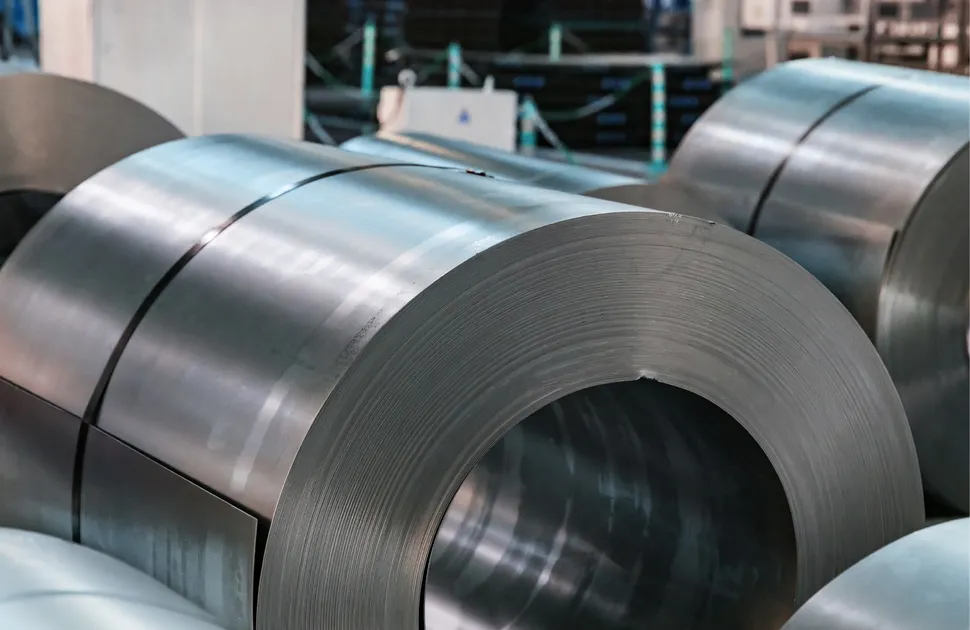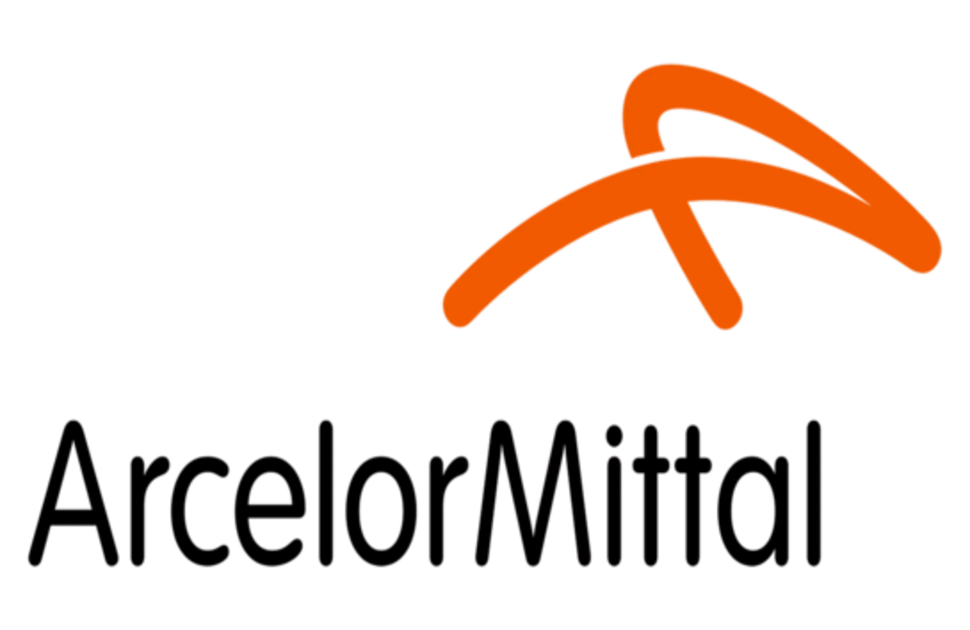Prices Continue to Fall in Northern European Steel Market
Purchasing activity is subdued, in the northern European steel market. Supply chain participants are beginning to reduce their inventories, before the calendar year-end. Market trends are not expected to change unless consumption increases or production capacity is reduced.
Danish suppliers report poor demand for hot rolled coil. Sellers are struggling to find new markets. In Sweden, domestic end-users have plenty of work but want to control their stock levels. Prices continue to slide, in Finland, although local demand is fair. In the Netherlands, delivery lead times, from the mills, are short. Order bookings, for the fourth quarter, are sparse, in Austria. The Norwegian market is quieter, now, than it was before the summer break.
Hot rolled plate demand is weakening, in Sweden. In Finland, the shipbuilding industry is performing better than most other sectors but Russian producers are active. Sales tonnages are fair, in Austria, but purchasing activity is at a low level, in Denmark and in the Netherlands. Norwegian participants report signs of a slowdown in the offshore segment.
Decreased German vehicle-making activity is reducing exports from all markets in the region, adversely affecting sales of cold rolled coil and coated sheet and coil. No recovery is anticipated until several months into 2020. Imports are reported to be swelling supply. Hot dipped galvanised coil values remain under negative pressure and they are predicted to fall again, next month. Local mills are said to be becoming more flexible, in negotiations. In Norway, buyers are free to import from anywhere. Consequently, they are seeking low price offers.
Domestic sales volumes of wire rod were surprisingly good, in Sweden but reduced raw material costs pushed mill selling values downward. Downstream wire consumption is significantly reduced, in Finland. Wire producers, in the Netherlands, are seeking customers in other sectors. Drawing quality wire rod prices fell in Austria, in Denmark and in Norway.
Recent sales tonnages of medium sections and beams have been satisfactory, in Denmark. However, a downturn in building activity is expected. Reduced scrap costs, and the weak European market, dragged Swedish beam prices down. The same factors, combined with competition from Russian suppliers, applied negative pressure to selling values in Finland. Mills are willing to cut prices to secure deals in the Netherlands. Construction activity remains reasonable, in Austria, but a slowdown is foreseen. Order volumes, in Norway, are lower than in recent months.
The Swedish reinforcing bar market is shrinking, slightly, but several large infrastructure projects have recently been approved. Consumption, in Finland, is still quite good. Local demand is healthy, in Denmark. However, activity is expected to decline. Projects, in the Netherlands, are being hit by the government’s nitrogen limiting measures. Transaction values are falling, in Austria and in Norway. Buyers are waiting before placing orders.
Danish domestic demand for merchant bars is fair, but regional consumption is weak. Buyers are discouraged from placing orders. Sales volumes, in Sweden, are adversely affected by the slowdown in automotive and general manufacturing. In Finland, prices are negatively influenced by low mill input costs and cheap import offers. In the Netherlands, conversely, the majority of foreign quotations are considered to be unattractive Strong competition between numerous local suppliers is reported, in Austria. Stockists, in Norway, are prepared to source material from third countries if European producers are unwilling to cut their prices sufficiently.







